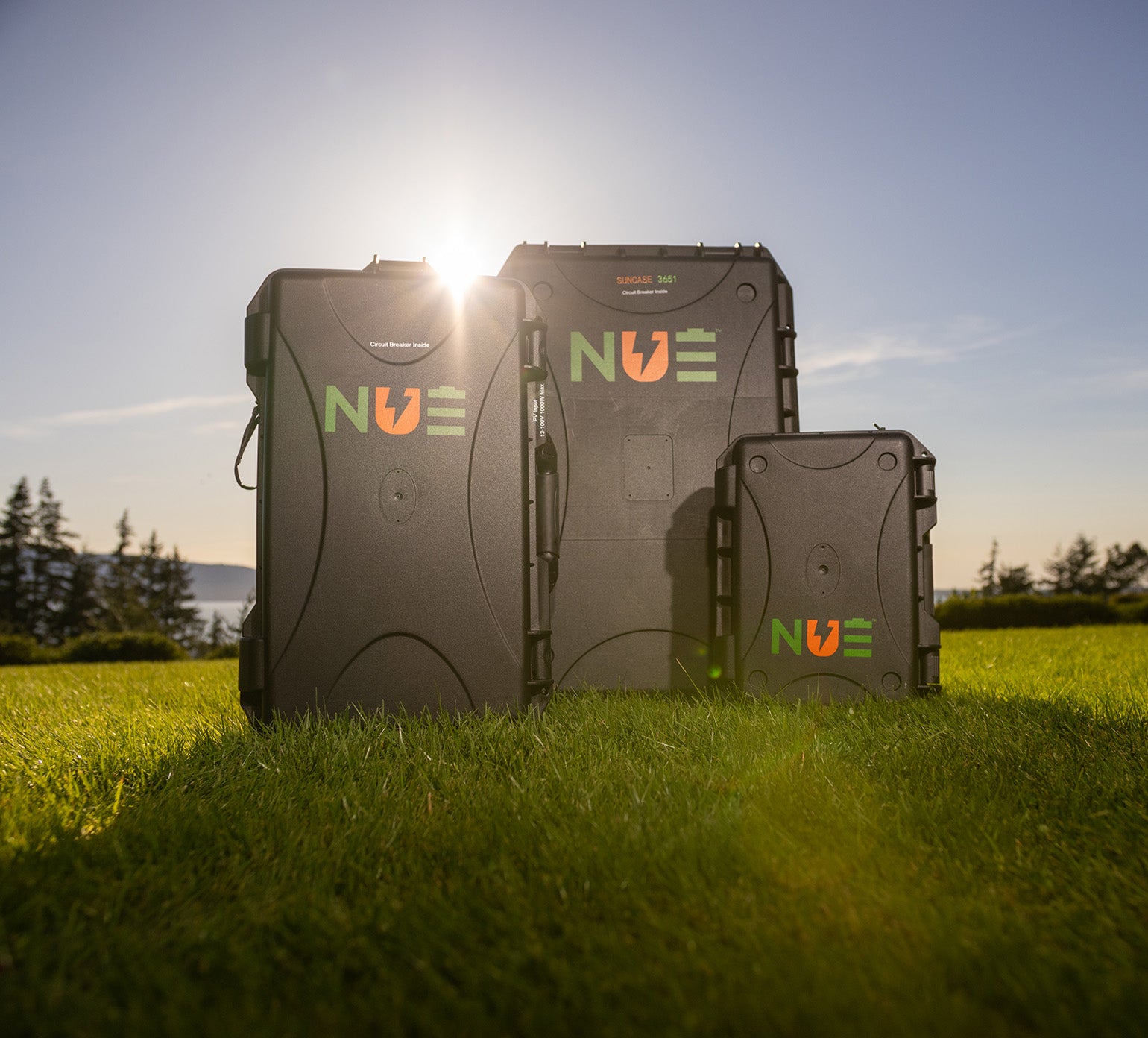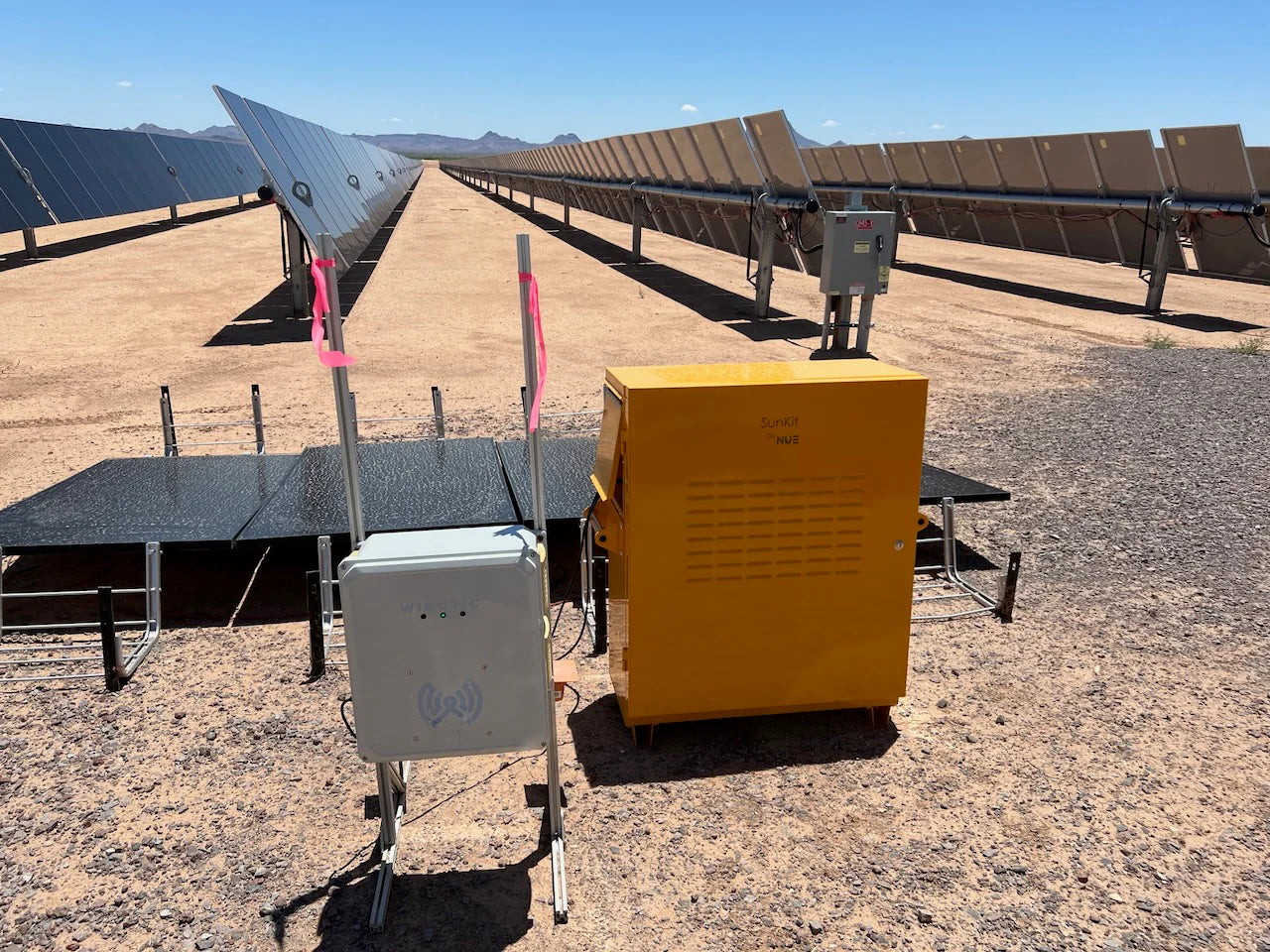Solar Tax Incentives
The information below is sourced from the federal Office of Energy Efficiency and Renewable Energy but does not constitute professional tax advice or other professional financial guidance and may change based on additional guidance from the Treasury Department. It should not be used as the only source of information when making purchasing decisions, investment decisions, tax decisions, or when executing other binding agreements.





















